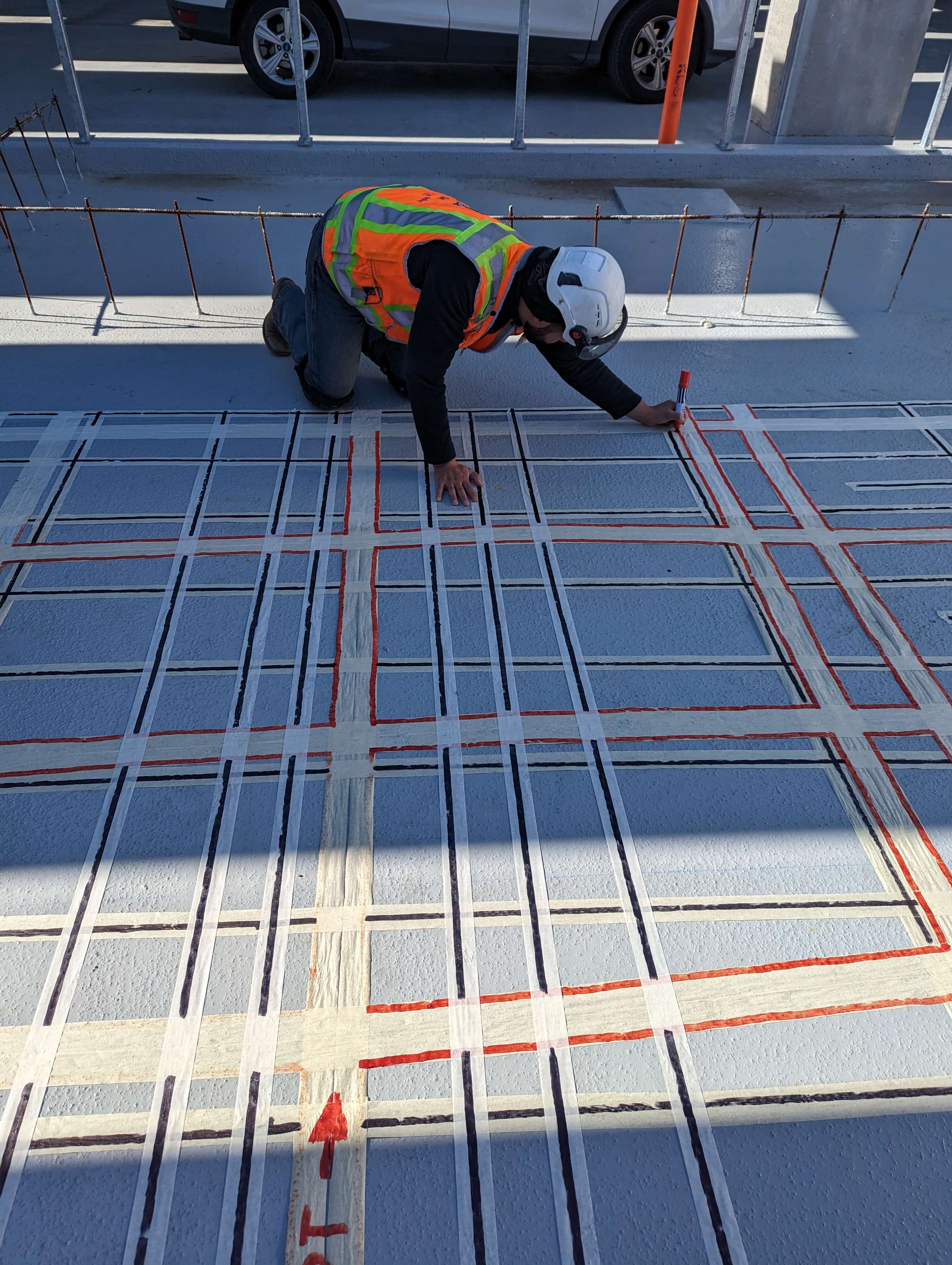Picking the Right Concrete Scanning Tools
Picking the Right Concrete Scanning Tools
Blog Article
Introduce the Transformative Power of Concrete Scanning in Taking Full Advantage Of Effectiveness and Safety And Security
Concrete scanning has emerged as a critical device in the building and construction sector, offering unrivaled benefits in enhancing project efficiency and guaranteeing security requirements. The transformative power of concrete scanning lies in its ability to offer comprehensive insights and real-time data, reinventing exactly how jobs are prepared and executed.
Value of Concrete Scanning
Making sure the structural honesty and safety and security of construction tasks begins with the critical step of carrying out comprehensive concrete scanning. Concrete scanning is a non-destructive approach used to find and map subsurface elements within concrete structures.
Furthermore, concrete scanning aids in optimizing job timelines and spending plan by avoiding unanticipated costs and hold-ups that may occur due to unforeseen blockages within the concrete. Inevitably, spending in thorough concrete scanning is a proactive approach that boosts both performance and safety and security in building and construction tasks.
Just How Concrete Scanning Functions
Concrete scanning runs as a critical device in building and construction jobs by using innovative technologies to identify and map subsurface components without causing architectural damage. Ground Permeating Radar (GPR) and Electromagnetic Induction (EMI) are 2 primary approaches used in concrete scanning. GPR works by releasing high-frequency radar pulses right into the surface, which jump back when they experience subsurface objects or spaces. The time considered the signal to return suggests the deepness and place of the objects. EMI, on the various other hand, uses magnetic fields to recognize variations in material make-ups, such as recognizing rebar or conduits within concrete frameworks.
During the scanning procedure, the data gathered is analyzed in real-time, permitting instant identification of possible dangers or challenges beneath the surface area. This info help in decision-making, making sure that building tasks continue safely and efficiently. Additionally, 3D imaging software can be used to create topographic maps of the subsurface components, additionally improving project preparation and execution. By using these innovative innovations, concrete scanning considerably lowers the danger of costly problems and injuries on construction sites.
Advantages of Concrete Scanning
One of the main benefits of concrete scanning is the capacity to identify and find embedded objects such as rebar, post-tension cords, and channels accurately. Concrete scanning aids in planning and making much more effectively, as it supplies specific information concerning the location and depth of architectural components.

Study: Concrete Scanning Success

In an additional case, a building and construction company used 3D concrete scanning to evaluate the problem of maturing concrete structures in a historical building. The detailed scans given useful insights right into the extent of degeneration and assisted prioritize maintenance initiatives successfully. By proactively dealing with areas of problem determined go to my site through scanning, the firm was able to expand the life expectancy of the framework and ensure resident safety and security.
These instance studies highlight the transformative power of concrete scanning in improving performance, accuracy, and security in building and construction tasks.
Implementing Concrete Scanning in Projects
Executing sophisticated scanning technologies during building and construction projects has become progressively essential for enhancing precision and safety. By integrating concrete scanning into project planning and execution, building groups can recognize possible threats, such as rebar or post-tension cables, hidden within concrete structures. This proactive method decreases the threat of crashes, delays, and expensive rework, eventually resulting in much more efficient task timelines and spending plans.
To execute concrete scanning efficiently, task supervisors ought to collaborate closely with knowledgeable scanning professionals to determine one of the most appropriate scanning techniques for the details job requirements. Involving scanning professionals from the beginning of a project makes it possible for the team to develop detailed scanning plans that resolve essential locations of issue and ensure thorough information collection.
Furthermore, incorporating concrete scanning right into regular job workflows can simplify decision-making processes, as real-time check data gives instant understandings into the problem of concrete structures - Concrete Scanning. This data-driven strategy helps with informed analytic and allows groups to make modifications quickly, fostering a society of effectiveness and safety throughout the task lifecycle

Verdict
Finally, concrete scanning plays a crucial duty in enhancing effectiveness and safety and security in construction jobs. By making use of advanced modern technology more helpful hints to map and detect out underlying structures within concrete, this procedure helps to avoid costly mistakes, make sure architectural integrity, and lessen threats on site. With the capability to reveal hidden aspects and supply exact information, concrete scanning verifies to be an important tool for optimizing project outcomes and optimizing total success.
Concrete scanning is a non-destructive technique utilized to find and map subsurface aspects within concrete structures. Furthermore, concrete scanning helps in optimizing project timelines and spending plan by staying clear of unanticipated prices and hold-ups that may occur due to unanticipated obstructions within the concrete. One noteworthy situation study entails a large restoration job where concrete scanning played a vital function in guaranteeing project success.In an additional situation, a construction company made use of 3D concrete scanning to examine the condition of aging concrete frameworks in a historical building. By integrating concrete scanning right into job planning and execution, building teams can identify potential hazards, such as rebar or post-tension cables, hidden within concrete structures.
Report this page